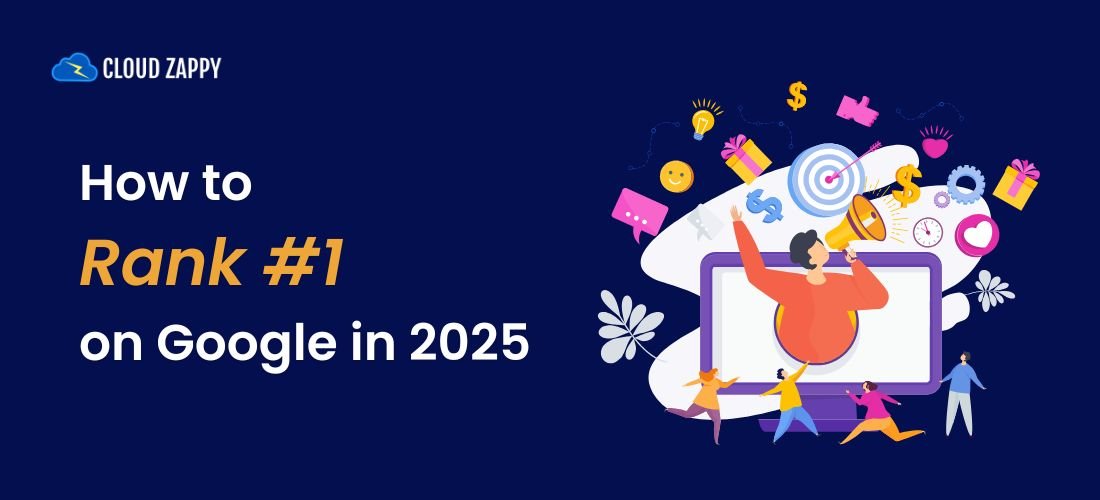In today’s fast-paced digital landscape, few media outlets have had the lasting impact and cultural relevance of Mashable. What started as a simple blog in 2005 has evolved into a global media and entertainment company that defines what it means to stay ahead in the digital age. With a keen eye on the intersection of technology, entertainment, and social good, Mashable has become a trusted source for millions of readers worldwide.
From viral memes to in-depth tech reviews, Mashable has cemented its place as an authority on digital culture. The platform’s influence is undeniable—and if you’re a brand, a content creator, or just someone looking to stay informed, understanding Mashable’s journey can offer valuable insights into what it takes to thrive in a constantly evolving media environment.
The Humble Beginnings of Mashable
Mashable was founded by Pete Cashmore in 2005 from his home in Aberdeen, Scotland. At the time, it was simply a tech blog that focused on social media trends and digital innovation. Cashmore, a tech enthusiast, realized there was a gap in the market for digestible, engaging coverage of emerging social platforms like Facebook, Twitter, and MySpace. His approach was to write in a conversational tone that appealed to younger audiences and tech-savvy readers.
This decision paid off. The blog quickly gained traction, becoming one of the most-read sources on social media news. By the late 2000s, Mashable had already built a strong brand reputation as a go-to site for early adopters of digital tools and trends.
The Rise to Media Stardom
As digital platforms became more mainstream, Mashable expanded its editorial scope. The site began to cover a wide range of topics including gadgets, entertainment, science, business, and lifestyle. It was no longer just about tech—it was about how technology intersected with every aspect of modern life.
One of the key moves in Mashable’s rise was its early investment in social media sharing. Long before most outlets recognized the value of shareable content, Mashable optimized its stories for virality. Engaging headlines, visually rich articles, and social widgets helped the brand dominate platforms like Twitter and Facebook.
Their audience-first strategy was rewarded. At its peak, Mashable was pulling in tens of millions of monthly visitors. Its readership was not just large—it was deeply engaged. The platform’s ability to blend utility and entertainment made it a favorite among millennials and Gen Z audiences.
Embracing Video and Multimedia Content
With the evolution of content consumption habits, especially the rise of mobile and video-first platforms, Mashable again adapted swiftly. It launched Mashable Studios, a division focused on original video content that could thrive on platforms like YouTube, Snapchat, and later, TikTok.
From explainer videos to short documentaries, Mashable Studios produced content that resonated with younger audiences. Their creative storytelling helped position Mashable as more than a news source—it became a cultural commentator.
This pivot to video not only diversified their revenue streams through branded content and partnerships but also helped them compete in a media environment increasingly dominated by visual content.
Partnerships and Acquisitions
Mashable’s growth eventually attracted the attention of larger media players. In 2017, it was acquired by Ziff Davis, a digital media company that owns other major brands like PCMag and IGN. The acquisition provided financial stability and allowed Mashable to continue expanding its influence while retaining editorial independence.
Under Ziff Davis, Mashable honed its focus and refined its content strategy. While some changes were made, the brand maintained its identity and voice, continuing to serve its loyal readership.
What Sets Mashable Apart?
In a crowded media landscape, it’s not easy to stand out—but Mashable manages to do just that by staying true to its core principles:
- Timeliness: Mashable is always at the forefront of breaking news, whether it’s about the latest iPhone release, a viral TikTok trend, or a groundbreaking scientific discovery.
- Relatability: Articles are written in an accessible tone that appeals to a wide range of readers. Mashable avoids the heavy jargon that can alienate casual readers.
- Innovation: From being early adopters of social media to investing heavily in video content, Mashable has consistently been ahead of the curve.
- Diversity of Topics: Whether you’re into tech, pop culture, science, or digital trends, Mashable offers something for everyone.
- Community Engagement: Mashable doesn’t just broadcast news—it invites conversation. Through comments, shares, and social engagement, readers feel like part of a larger community.
How Mashable Shapes Digital Culture
Perhaps one of the most impressive aspects of Mashable is its role in shaping digital conversations. It’s not just reporting on the internet—it’s helping to define it.
By spotlighting internet phenomena, championing social causes, and promoting digital literacy, Mashable influences what people talk about and how they talk about it. It bridges the gap between pop culture and hard news in a way that feels natural and seamless.
In a world where information is abundant but trust is scarce, Mashable stands out for its authenticity and consistency. It’s more than just a content site; it’s a cultural touchstone for the digital age.
The Future of Mashable
Looking forward, Mashable shows no signs of slowing down. With continued investment in video, live streaming, and emerging tech like AI and augmented reality, the brand is poised to stay relevant for years to come.
As digital media continues to fragment, platforms that can maintain trust and adapt quickly will thrive. Mashable has already proven it can do both.
For those who want to keep a pulse on what’s next in tech, media, and culture, visiting Mashable is a must. Its blend of news, entertainment, and insight offers a comprehensive view of the digital landscape like no other.




